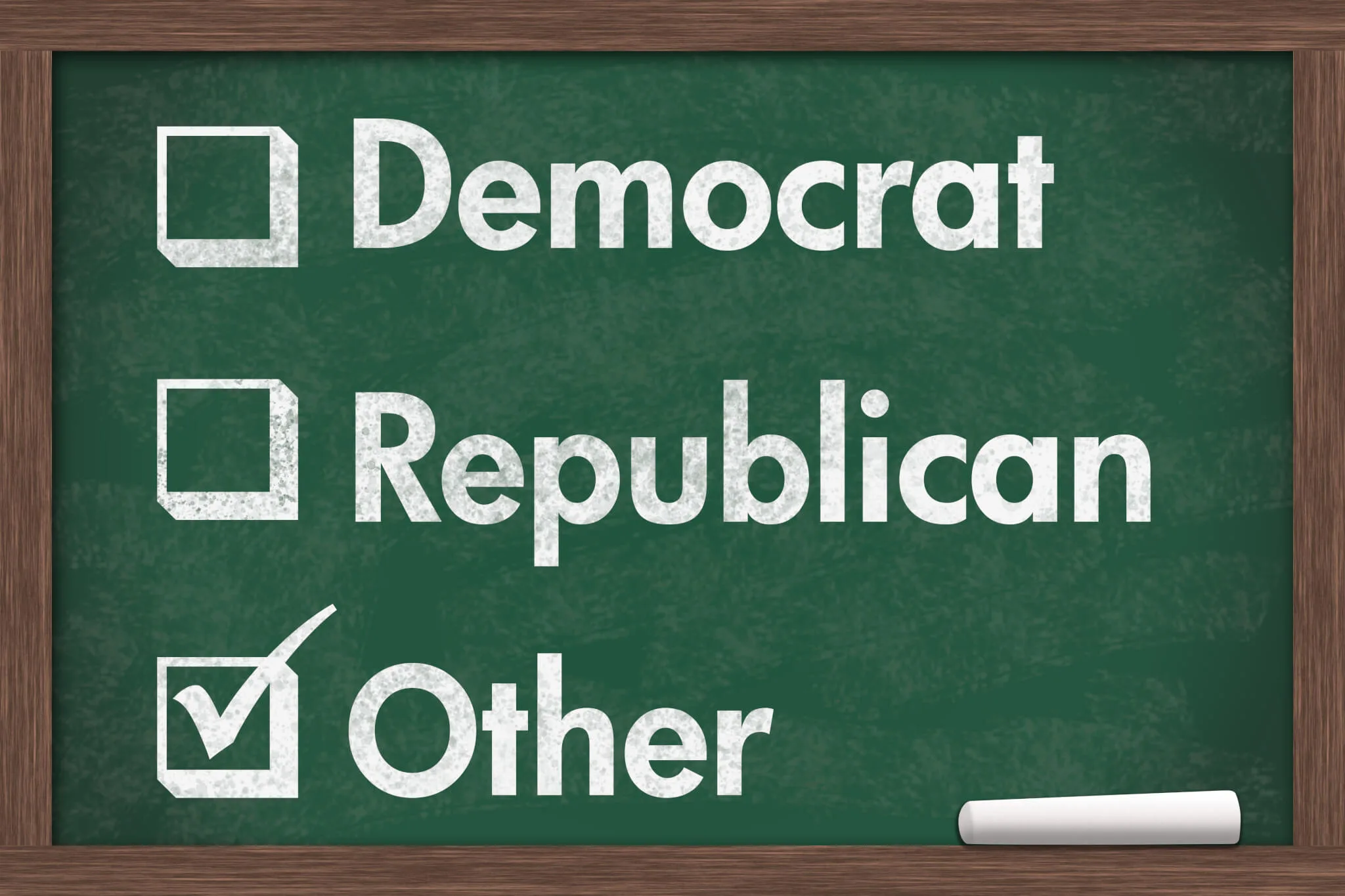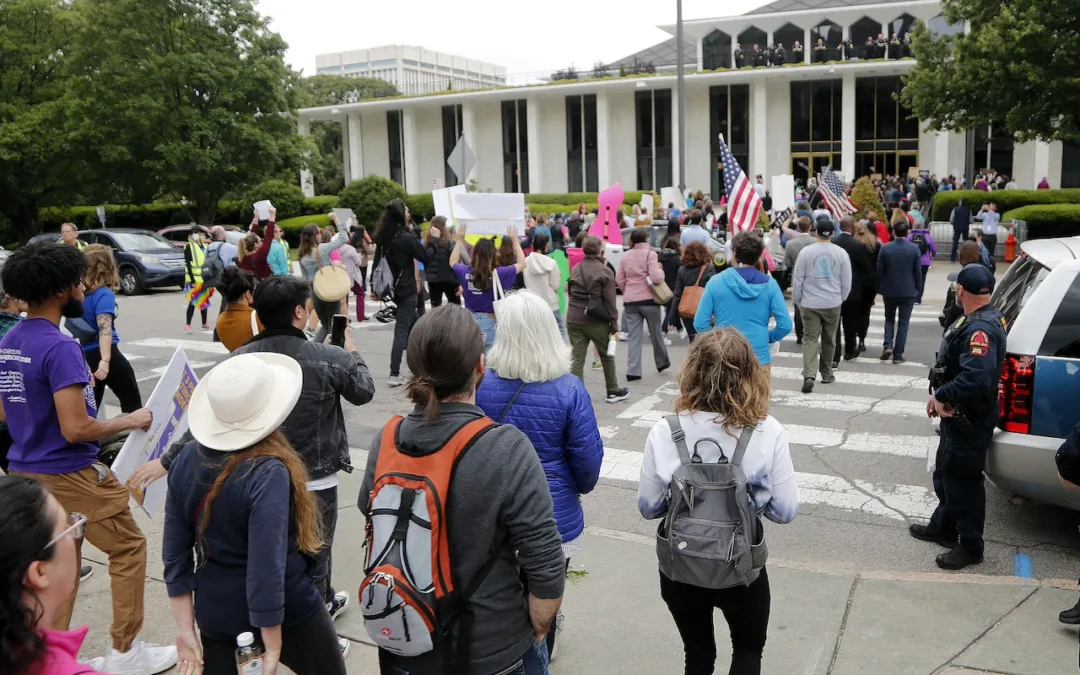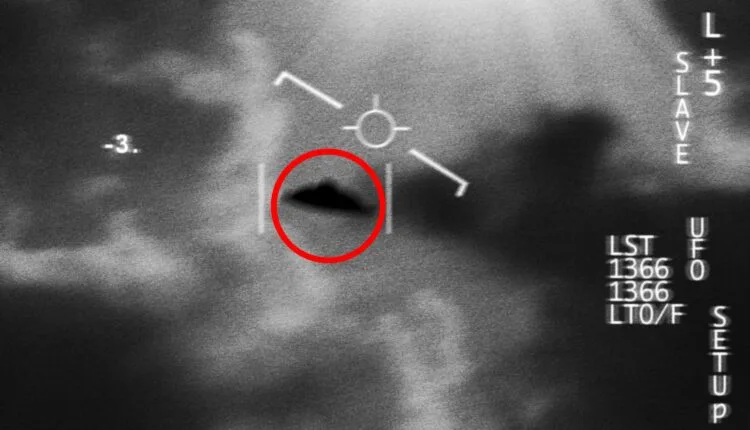
(Shutterstock)
What this all means for election results is unclear, but the changes reflect the state’s rapid, complex growth.
There may be only two major political parties in North Carolina, but Republicans and Democrats are no longer the big cheese.
Unaffiliated voters are now the state’s largest voting group.
What this could mean for election results is unclear, but the changes in voting demographics reflect the rapid, complex growth across the state.
North Carolina’s population is booming, and the number of registered voters in the state has climbed by nearly 140,000 since the 2020 elections. But those increases did not benefit the two major parties, as both Democrats and Republicans saw their numbers fall. Unaffiliated voters, however, rose by 47,229 in the last two years. (Unaffiliated and Democratic voters each account for 34% of the state’s registered voters. Republicans make up 30%.) Both the population boom and rise in unaffiliated voters aren’t slowing anytime soon.
North Carolina elected officials should take note if they want to stay in office, Chris Cooper, a political science and public affairs professor at Western Carolina University, told Cardinal & Pine on Tuesday.
“The key to understanding [unaffiliated voters] is to take them seriously,” Cooper said.
“Parties do more than contest elections today—they also recruit candidates to run for office, and operate the daily machinery of politics,” Cooper said. “If our political party organizations continue to tilt towards people with more salt than pepper in their hair, then their long-term viability is in question.”
Just because an unaffiliated voter rejected a party label, however, doesn’t mean they don’t have party allegiances. And they may now be the biggest voting group, but they are far from a voting bloc with common interests and views. An unaffiliated voter in Charlotte, for example, is not the same as an unaffiliated from a conservative dominated county.

But state data does show several important trends among them.
They tend to be younger and transplants from other states.
Only 35% of unaffiliated voters say they were born in North Carolina, according to a 2020 analysis by Carolina Demography, and 37% are between the ages of 18 to 34, a key voting bloc in its own right.
North Carolina’s population has increased by nearly a million people since 2010, and the reign of the unaffiliated was only a matter of time. These voters have made steady gains in the state since 1988, when Republicans opened their primary elections to them, and when Democrats did the same in 1996, the voting group “truly took off,” Cooper said. Unaffiliated voters surpassed Republicans in the state in 2017.
These demographics are not arcane: They are a sign of where North Carolina is headed, Younger. Part of the unstaunched flow of people into the state each year. The future.
Are you an unaffiliated voter? We’d love to speak with you about why you registered that way, and what you are looking for in a candidate. Drop me a line at [email protected].
Politics

New Biden rule protects privacy of women seeking abortions
Under the new rules, state officials and law enforcement cannot obtain medical records related to lawful reproductive health care with the goal of...

How North Carolina’s legislative session could affect you
After a six-month break, the General Assembly returns for a new session on Wednesday, April 24. Though this round is expected to be relatively...
Local News

The 5 most believable UFO sightings ever reported in North Carolina
Read about five alien encounters that may forever remain unexplained. When you think of the most common places where you might hear a UFO sighting...

Good News Friday: It’s a good day to be a fan of the NC State Wolfpack
The men's and women's teams will compete for a national championship in college basketball this weekend. Plus: How to watch the solar eclipse, and...





